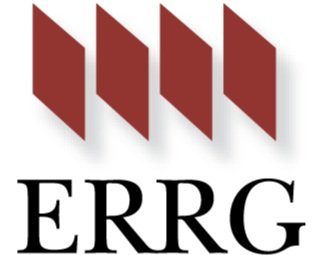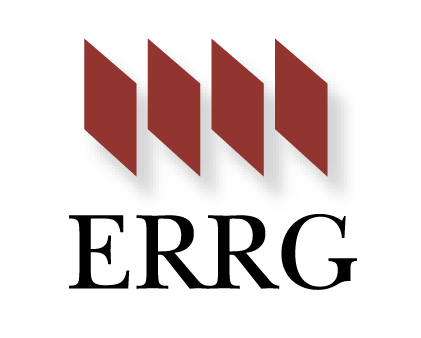Building 206/208 Soil Remediation
Mare Island, Vallejo, California
Lennar Mare Island subcontracted ERRG to remediate contaminated soil at Buildings 206 and 208 on the Former Mare Island Naval Shipyard in Vallejo, California. Buildings 206 and 208 were constructed in 1917. Building 206 served as an auditorium and offices, and Building 208 served as a cafeteria. The buildings were subsequently demolished in 2009 and 2010. The buildings were constructed on top of fill material containing a debris layer located 1 to 5 feet below ground surface. The debris layer was contaminated from an unknown source containing lead, arsenic, cadmium, PAHs, PCBs, and petroleum hydrocarbons.
The excavation area was divided into horizontal and vertical grids based on waste characterization data. Each grid was individually excavated and stockpiled according to the waste types. ERRG excavated a total of 10,360 cubic yards of contaminated debris/soil down to a total depth between 4 and 8 feet below ground surface. Waste was continuously transported for offsite disposal throughout completion of the excavation. In total, 15,704 tons of waste soil—including 303 tons of nonhazardous waste, 10,488 tons of non-RCRA hazardous waste, and 4,913 tons of RCRA hazardous waste (requiring stabilization)—was transported for offsite disposal. ERRG was responsible for implementing worker and public exposure monitoring and prevention, including implementing strict dust controls during all phases of the project.
During excavation, ERRG encountered numerous historical stormwater/sewer pipelines that did not appear on active utility maps and did not show up with third-party utility locating methods. Each time an unknown utility was encountered, work within the vicinity of the utility was stopped until the utility could be verified as active or inactive and a utility owner could be notified. ERRG worked closely with utility owners at Mare Island to quickly identify utility status. In coordination with the utility owners, ERRG removed, bypassed, and/or replaced the utility in accordance with city permit requirements. ERRG’s close coordination with utility owners allowed quick disposal of the unknown utility to minimize downtime and repair/replacement costs.
The project received the American Society of Civil Engineers (ASCE) Sacramento Division’s 2018 Mining Project of the Year Award.
“The California Department of Toxic Substances Control (DTSC) would like to express their appreciation for all the hard work, dedication, communication and coordination from Engineering/Remediation Resources Group (ERRG) observed during the design and construction of the Argonaut Dam Retrofit in Jackson, California. Starting in 2015, with the design and construction of the Interim Action at Argonaut Dam through the end of construction in 2018 of the Retrofit of the Dam, ERRG has showed professionalism, knowledge, and communication of the highest quality. By attending the coordination meetings with the design team… helped to save DTSC time and money by clarifying conflicts that only an experienced Field Construction Manager would notice in the design.”





